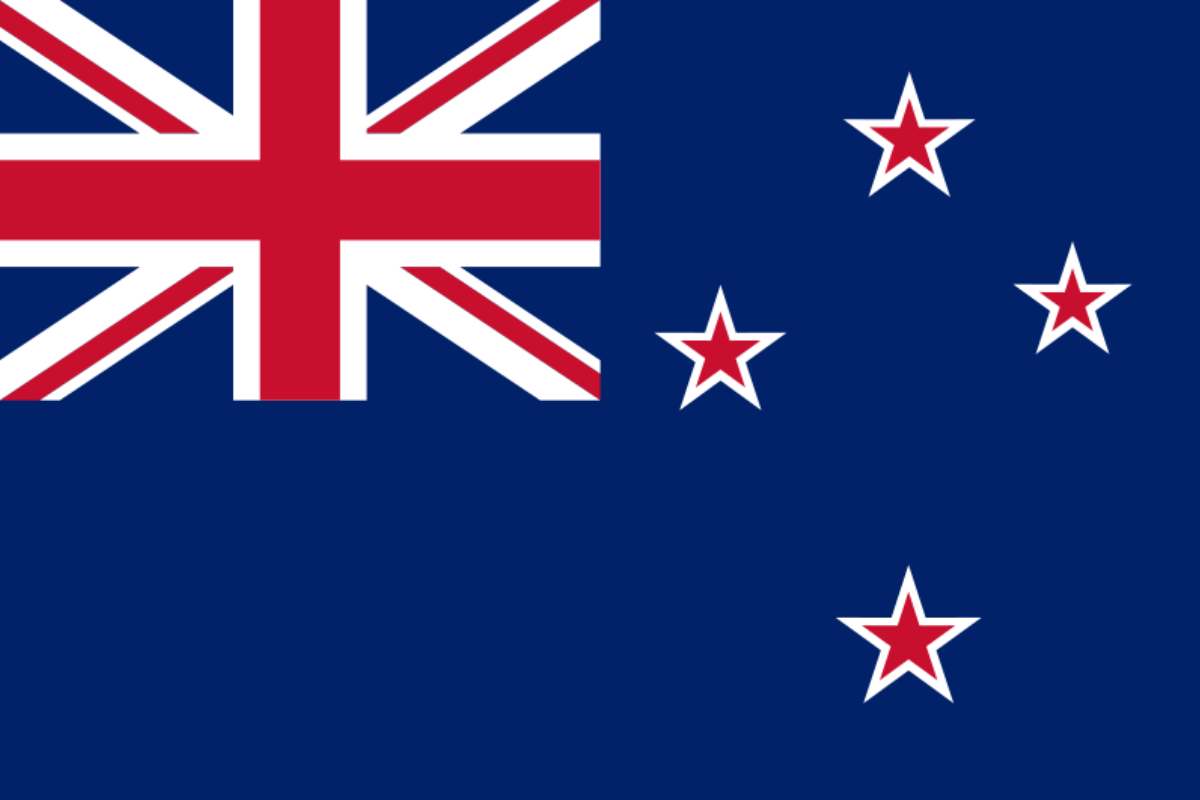The national animal of New Zealand is the kiwi bird. This unique flightless bird is among the most important national symbols of New Zealand, and is endemic to New Zealand not being found anywhere else. There are five extant species that fall into the genus containing kiwi birds.
The kiwi bird is a vital national emblem in New Zealand for many different reasons.
Both in the present day and historically the bird has been important to New Zealand and its people.
There are lots of fascinating things to learn about this unique and strange bird, so let’s dive into it.

What is the national animal of New Zealand?
The national animal of New Zealand is the kiwi bird.
These are flightless birds of which there are rive extant species in the Genus Apteryx, and they are approximately the size of a small domestic chicken.
They are the smallest of all ratites, a very large group of flightless birds including usually large birds like ostrich, emu, rheas and cassowaries.
They are, as mentioned, endemic to New Zealand meaning that this is the only place they are found.
This is one of many reasons they are so important to the local population.
One of the most interesting things about kiwi birds is their eggs.
Proportionally, they are among the largest eggs in any bird in relation to their body size.
They can weigh as much as 20% of the female’s overall body weight.
For such a small bird this can seem very striking.
They also feature hair-like feathers, short legs, and nostrils at the end of a long beak which helps them smell prey before they see it.
Famously, kiwis also have very poor eyesight, though they are not entirely blind as some have come to believe.
Again, though, this does make them rather unique among birds as most species of birds—though, admittedly, most fly species—have exceptionally good eyesight at the expense of their other senses.
As mentioned, there are five species that constitute kiwi birds’ genus, and four are presently listed as vulnerable and one near-threatened.
Many things threaten the existence of kiwis; the greatest of which is doubtless the invasive mammal predators which have been introduced to the island in the past.
They are also threatened by deforestation, though they are now a protected species and their protected habitat is stable.
For many people, when they think of New Zealand, “kiwi” is one of the first things that will come to mind—and though this doesn’t always mean the bird, the bird is indeed where this comes from.
Why is the kiwi the national animal of New Zealand?
If there’s one thing that can be said of the wildlife of New Zealand, it’s that it is very unique.
The kiwi is perhaps the greatest embodiment of this.
They are unlike any other bird we would recognize today and they are only found in New Zealand, making them an iconic and exclusive national animal.
You may know that people from New Zealand are often referred to as Kiwis, and the bird is where this name comes from.
They are an important treasure to the indigenous Maori people, with strong cultural and spiritual connections to the kiwi bird.
Its feathers are and have for a long time been valued for weaving the kiwi feather cloak of high ranking people.
The kiwi, then, is a very important cultural icon to New Zealand’s indigenous population.
They are, though, equally cherished by all native people in New Zealand.
Everyone has come to see them as an inextricably important part of New Zealand national identity.
Another important reason for making them the official national animal is conservation; by doing so, this can bring increased awareness to their plight.
Are kiwi birds blind?
Kiwi birds are not completely blind as you may have been led to believe.
That said, they do have very poor eyesight, and often rely on their powerful nostrils for searching out things to eat.
They will also use their very acute hearing, as well as their vibration sense, to detect prey.
For the most party, kiwi are nocturnal, spending their waking hours at night, meaning that good eyesight wouldn’t do them much good to begin with.
So, kiwis have very poor eyesight, but they are not completely blind.
They can see but they are more likely to smell or hear you.
Why can’t kiwi birds fly?
Anatomically, the reason kiwis can’t fly is because they have underdeveloped wings and lack the keel in the breastbone that makes flight possible for other species.
They have such small wings and such a high overall bodyweight that they could not possibly hope to get off the ground—but this was not always a disadvantage to them.
We naturally think that being able to fly is an advantage, but obviously natural selection did not select this trait in the ancestors of kiwis.
Before the invasive mammalian species were introduced, they got on perfectly well without ever any problems.
Kiwis are very much not like most other birds we are familiar with today.
They lay huge eggs for their body size, they are flightless despite their relatively small stature compared to other flightless birds and they have extremely poor eyesight.
Despite this, they remain among the most important national symbols of New Zealand, not just in terms of national animals but the country’s symbols as a whole.

